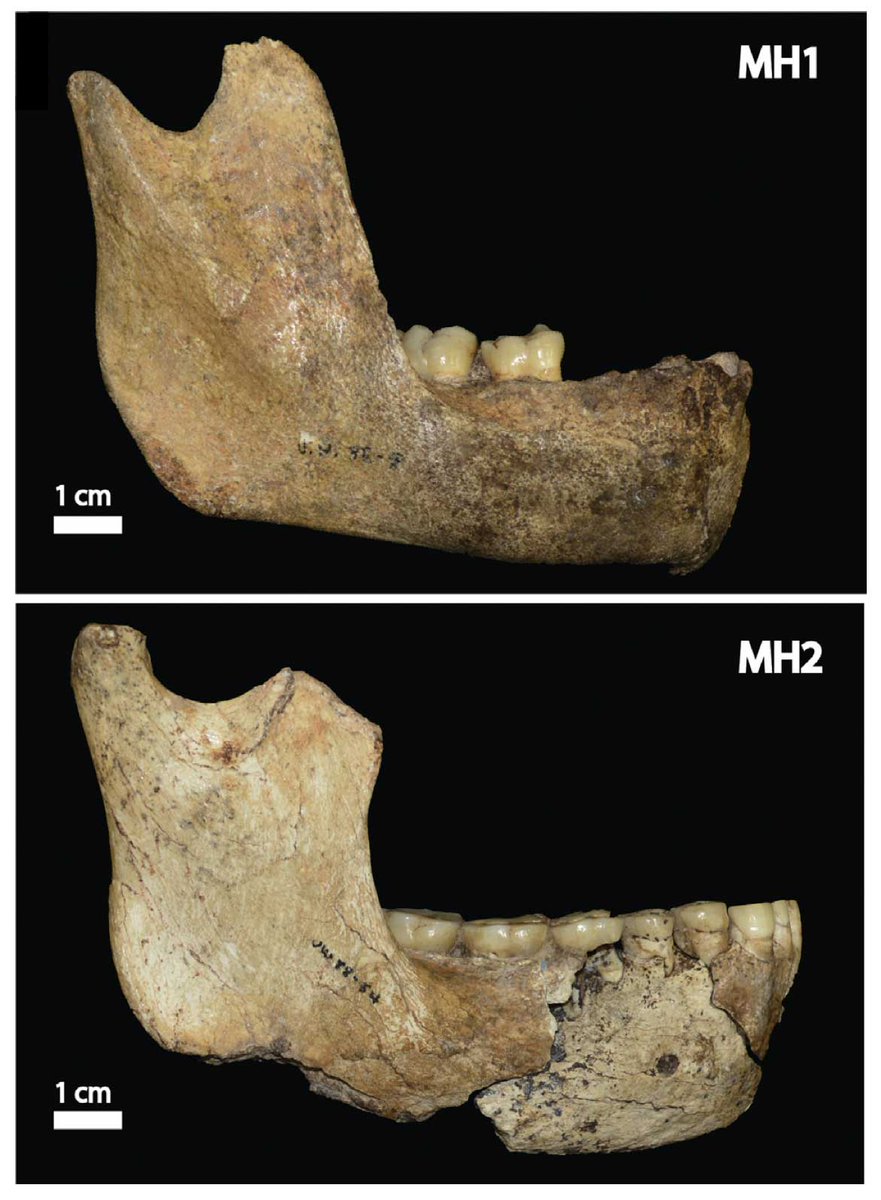
I'm concerned about the narrative I've been seeing about burial. All current and recent cultures have had some form of mortuary practice. To dig a hole, place a single intact body, and cover it up is only one pathway among a wide spectrum.
There is nothing about this burial pathway that is more "human", or more demonstrative of "symbolic culture", or "higher" than others. Communal burials, catacombs, creches, skull curation, sky burial, ritual cannibalism, and mummification are all human.
Single body burial is presently widespread around the world, and this owes much to traditions rooted in Islamic, Christian, and Jewish heritage, coupled with colonial and industrial economies. Burial marks status even in geographic regions where it was not historically practiced.
Archaeologists have a bad history of saying "modern human behavior" while employing an intensely Eurocentric idea of material culture. The debate over Paleolithic burial has systematically neglected non-Eurocentric practices or defined them as non-modern.
I think most archaeologists understand in theory that "modern human" or "symbolic behavior" mean nothing if those concepts are limited to the specific vision of an American funeral director. Yet I still see many responding as if burial is the test of humanity.
This leads to a scientific problem and a moral one. The scientific problem is the erection of an arbitrary "modern human" form of burial that accords only with a specific cultural practice that was rarely observed by most historic and prehistoric humans.
The moral problem is when we concede that readers of our work will limit their interest and empathy only to ancients who share their own cultural practices, and so we promote and dedicate attention to those cases, while ignoring or glossing over others.
• • •
Missing some Tweet in this thread? You can try to
force a refresh










